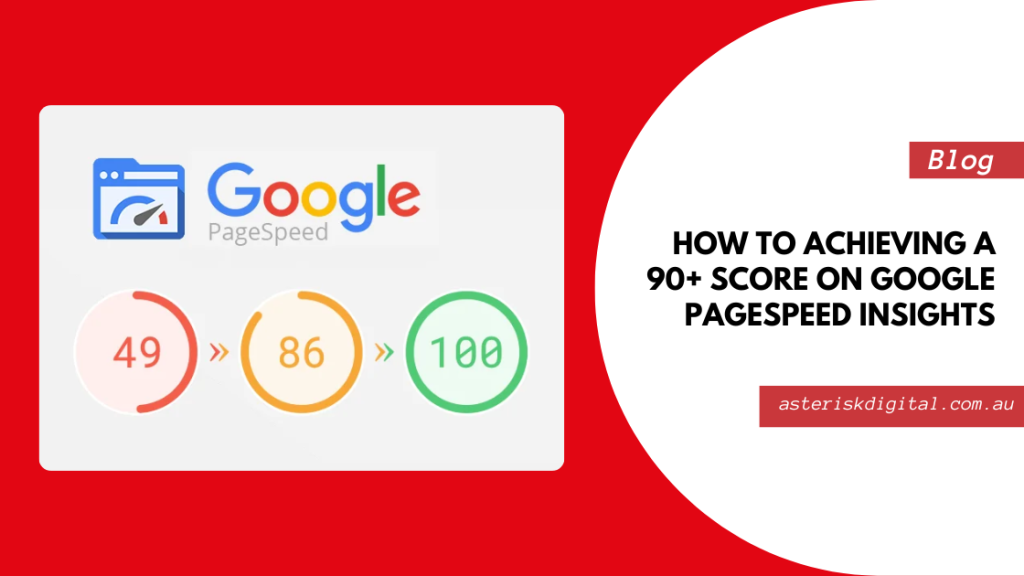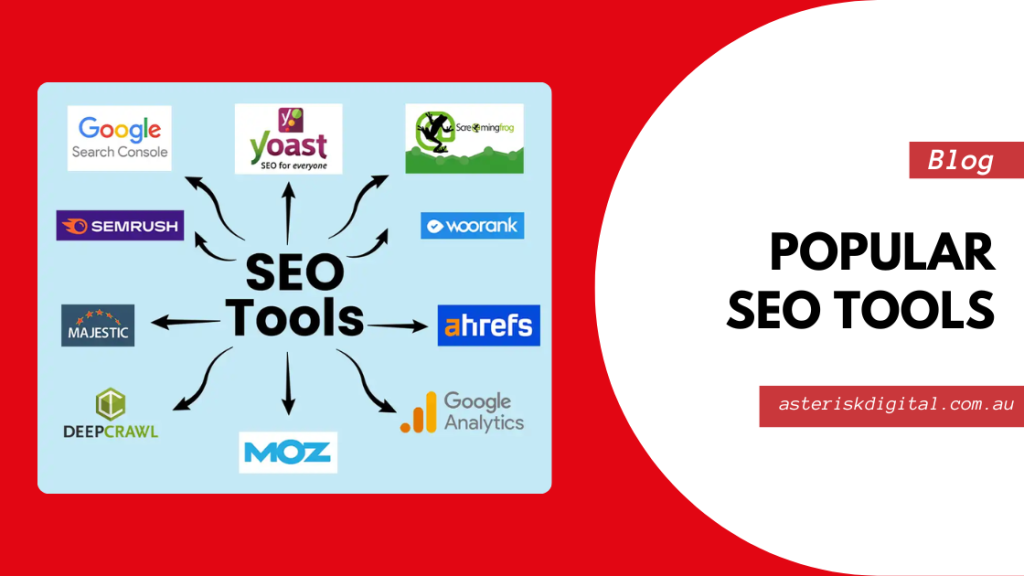Creating a high-performing website goes far beyond attractive design—it’s about speed, functionality, SEO, and delivering a seamless user experience. Whether you’re launching a new site or improving an existing one, this guide will walk you through the essential steps to build a website that not only looks great but drives results. From strategy and structure to optimisation and maintenance, we cover everything you need to know to create a site that supports your business goals and stands out in today’s digital landscape.
Step 1: Define Your Goals & Audience
Before writing a line of code, clarify what you want your high performing website to achieve. Are you generating leads, selling products, or showcasing a portfolio? Identify your target audience, their needs, and how your site will serve them.
Step 2: Plan the Website Structure (Sitemap)
To build a high performing website, first Create a clear sitemap that outlines your website’s pages and hierarchy. Common pages include:
-
Home
-
About
-
Services/Products
-
Blog/Resources
-
Contact
Use wireframes to visualise layout and navigation.
Step 3: Choose the Right Platform
Select a platform that matches your goals and technical needs:
-
WordPress – Flexible and SEO-friendly
-
Shopify/WooCommerce – Ideal for e-commerce
-
Custom Development – Best for unique functionality
Step 4: Focus on Design & User Experience (UI/UX)
Great websites are intuitive and visually engaging. Prioritize:
-
Responsive (mobile-first) design
-
Consistent branding and colors
-
Easy navigation and calls-to-action
-
Accessibility compliance (WCAG)
Step 5: Optimize for Performance & Speed
Fast websites reduce bounce rates and boost SEO.
✅ Use lightweight themes
✅ Optimize images & media
✅ Minimize unnecessary plugins and scripts
✅ Enable caching & CDN
✅ Minify HTML, CSS, and JS
Step 6: Implement SEO Best Practices
Ensure search engines can index and rank your site:
-
Use proper heading structure (H1, H2…)
-
Include meta titles & descriptions
-
Create SEO-friendly URLs
-
Optimize content with keywords
-
Add alt tags to images
-
Submit sitemap to Google Search Console
Step 7: Add Quality Content
Create content that informs, engages, and converts. Focus on:
-
Clear messaging
-
Value-driven service/product pages
-
Engaging visuals and videos
-
A compelling blog or resource center
Step 8: Ensure Security & Compliance
Protect user data and site integrity:
-
Install SSL (HTTPS)
-
Use secure hosting
-
Set up firewalls & malware protection
-
Comply with privacy laws (GDPR, CCPA)
Step 9: Test Before Launch
Thoroughly check:
-
Mobile responsiveness
-
Load times
-
Browser compatibility
-
Contact forms and links
-
404 error pages
Fix any issues before going live.
Step 10: Launch & Monitor
Once everything looks good, go live! Then:
-
Monitor performance with Google Analytics
-
Track SEO with Google Search Console
-
Gather user feedback
-
Plan regular updates and content additions




